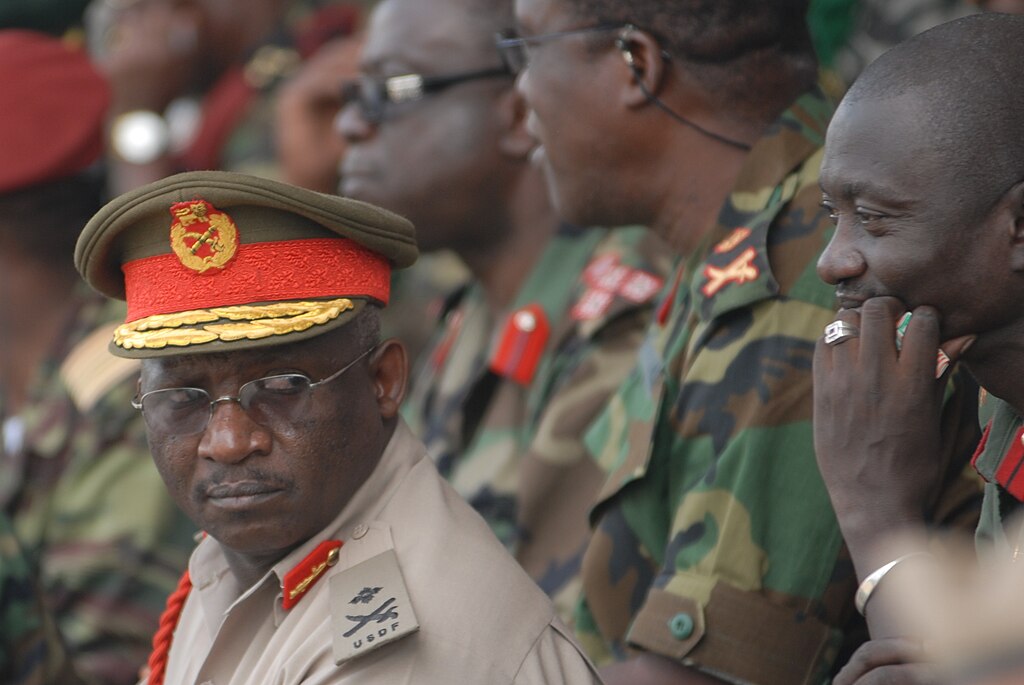HSRC researcher Sinakekelwe Khumalo, recently celebrated in the Mail & Guardian’s 200 Young South Africans list, is passionate about understanding cultural and masculine norms that underlie gender inequalities and gender-based violence in South Africa. Andrea Teagle chats to Khumalo about her research into these topics, and what it is that makes unlearning patriarchal norms so difficult.
AT: There’s a thread running through your research papers of gender-based violence, ideas of what it means to be a man, and risky sexual behaviours among youth… How did you first become interested in these topics?
SK: I grew up in a very patriarchal household. In the family, in the community, I saw a lot of things that I disagreed with: the double standard that existed. When you grow up, you learn ‘a woman has to do this, a man has to do that’. I realised how all of that influenced me and my brothers. At university, I became interested in tradition and cultural norms and how it shapes men.
AT: For your post-graduate research, you explored how cultural norms associated with sexuality and masculinity influenced the sexual behaviours of young black male students at a university in Kwazulu-Natal. Can you tell me a bit about your findings? SK: We tend to think young men at university have a different way of thinking. And I think with some of my findings in my PhD, I was interrogating that ― the assumption that educated people will make informed decisions. My findings suggest that that is not always the case.
I remember one man I interviewed for my master’s degree saying, “I have had numerous different STIs … As long as I do not impregnate a woman, I am fine with it.”
And that seems unbelievable. But it is crucial for us to understand where these young men grew up: the influence of culture, religion and other knowledge systems. Men at university come from different backgrounds. In the new setting, they renegotiate their “maleness” in different ways.
In my focus groups, some men tried to reject this normalised way of being a man, such as having multiple sexual partners, using violence and being unemotional. Their peers laughed at them, because for them, that portrayed weakness.Others were mocked for being virgins, because first sexual encounter was viewed as a marker of real manhood. Most of the young men stated that they had their first sexual encounter between the ages of 12-15.
One participant said, “When a girl comes to me and says she wants me to sleep with her, I will not refuse, even if the girl is HIV positive.” This speaks to risk behaviour, that momentary pleasure outweighed the risk.
Asked about his opinion of men who have sex with many women, another participant said, “That’s a real man. His penis is working for real. He is a real bull. A woman is a slut…”

AT: There’s been a lot of discourse lately around toxic masculinity and gender-based violence, especially on campuses. Between the time that you did your paper for your master’s degree in 2016 and your PhD interviews a couple years later, have any of those ideas shifted at all?
SK: Some of the men understood the issues. That frustrated me. Maybe it’s about acceptance. We all strive for belonging when we are in a space where we experience being the ‘other’. So, sometimes people conform to certain ideas because they want to belong. I found that some men were adopting alternative visions of being a man, which was very interesting. Some men said things like “it is ok for a man to be gay”. And there were men who did not adhere to prescribed masculine behaviours, but who saw that “I can be a man, and I can still take care of my child, do housework, show emotions,” etc.
But there still existed very problematic masculine ideas among the men I interviewed for my PhD study. Some young men still did not want to test for HIV or even use health services at university.
AT: It’s interesting because, presumably, the participants could have guessed what the socially desirable answer to some of those questions would be and they still did not give you those answers.
SK: I think masculinity is something that is performed. So it’s not something that is done in secret. It’s the play out of who they are, of ideas and understanding of what they think a man should be, based on prescribed norms in our society.
AT: Do you think that South Africa’s history of normalised violence feeds into the high levels of gender-based violence today?
SK: In South Africa, there are layers of causes, with culture, religion and history playing a role. I think that is why tackling the issue is so complex in our country. During lockdown, rates of gender-based violence skyrocketed. Some men lost their jobs. Men in that position are struggling with masculine ideas of being a provider – realising that they cannot be they’ve been taught to be. Some will take out their anger and frustration on their girlfriends, their wives and their kids.
AT: In September last year, in the wake of the murders of Uyinene Mrwetyana and others, there was a huge push to tackle gender-based violence. Where do we start in trying to address the root causes of violence against women?
SK: It’s hard to know where to begin. Is it in the family, in the church or in communities? It’s everywhere … people need to be educated, to adopt different ways of being.
Unlearning [patriarchal norms] is a process … How do you unlearn things you were taught and things that you saw during the socialisation process while you were growing up? That is the difficult part, because it’s become part of who you are.
But we also have the ability to choose. When you beat a woman, you choose to do so. When you don’t use a condom, you make a choice to do so. Each time, it is you, choosing.
Note: Khumalo’s research findings are a representation of views of a group of young men on one campus in KwaZulu-Natal and are not generalisable.
Author: Andrea Teagle, science writer in the HSRC’s Impact Centre.
Ateagle@hsrc.ac.za


